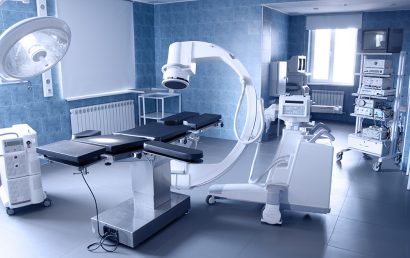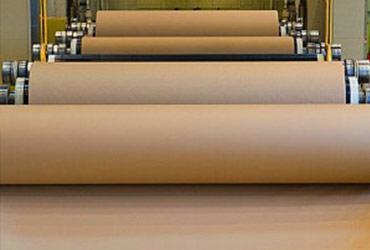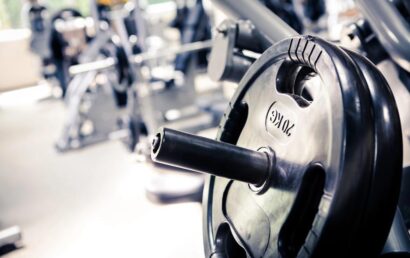Common Types of Bearings and Their Industrial Applications
When bearings are referred to, they are generally considered to be a device that is utilized in the enabling of linear or rotational movement. Additionally, they handle stress and reduce friction. These parts resemble wheels, in a manner of speaking,in that they allow devices to roll; thereby reducing friction between the surface that is being rolled over and the bearing self. They make things easier to move, both in a linear and rotary fashion, because of the reduced friction. They also increase efficiency and speed.
Bearings Come in Various Types
There are various designs of bearings, largely dependent on whether they are made to handle thrust load, radio load, or both in combination. They have the ability to handle weight and their load type help to define their differences. The following are different classifications or bearing types:
Tapered roller variants – these are designed to deal with large thrust and radial loads. Because of these bearings’ load versatility, they are used in car hubs. Car wheels are meant to carry extreme amounts of thrust and radial loads making these bearings perfect for a job in the automotive industry.
Roller thrust variants – these bearings handle thrust loads much like ball thrust bearings (see below). But roller thrust bearings, differentiating between the two, can handle more of a thrust load. Car transmissions utilize these bearings in the support of helical gears.
Ball thrust variants – low weight, low-speed applications most commonly use this type of bearing. As an example, barstools use these kinds of bearings for seat support and to allow the seat to spin freely.
Roller variants – when it comes to carrying heavy loads, these are the bearings to use. A cylinder is the primary roller distributing the load throughout a bigger area. This enables the bearing to support a greater weight amount. Radial loads are primarily handled by this bearing due to the structure. It is not recommended for thrust load usage. A needle bearing can be used if space is an issue in a specific application. They work with diameter cylinders that are smaller and are thereby better suited for applications that are smaller.
Ball variants – These are possibly the most common types and capable of handling both thrust and radial loads. Unfortunately, they are only able to handle amounts of weight that are relatively small. They are, nonetheless, found in numerous applications like hard drives and roller blades. Once they are overloaded, however, they are prone to deformities.
Bearings That Are Specialized
If one or more bearings listed above will not do the job, it’s time for a specialized bearing. Giant roller bearings and magnetic bearings are two types of specific applications for which specialized bearings are manufactured. When moving large structural components, buildings, and other heavy loads, giant roller bearings come in handy. On devices that move faster than you ever thought imaginable, increased stability is offered by magnetic bearings.
Knowing how important these parts can be to any industry, we at A&A Coatings strive to provide the best protection for bearings and all other parts, equipment, machinery, and products. We can apply protective coatings to a wide range of parts that are essential to or company’s continued operation and reduce or eliminate downtime and pricey maintenance costs.
Contact us today to find out how applying protective coating to bearings can benefit your company.



